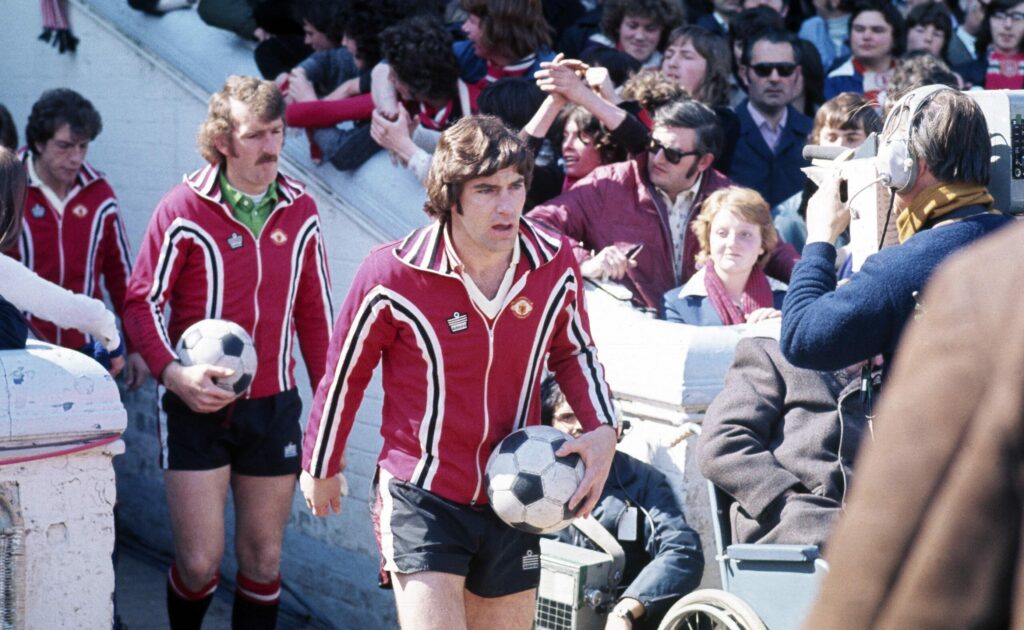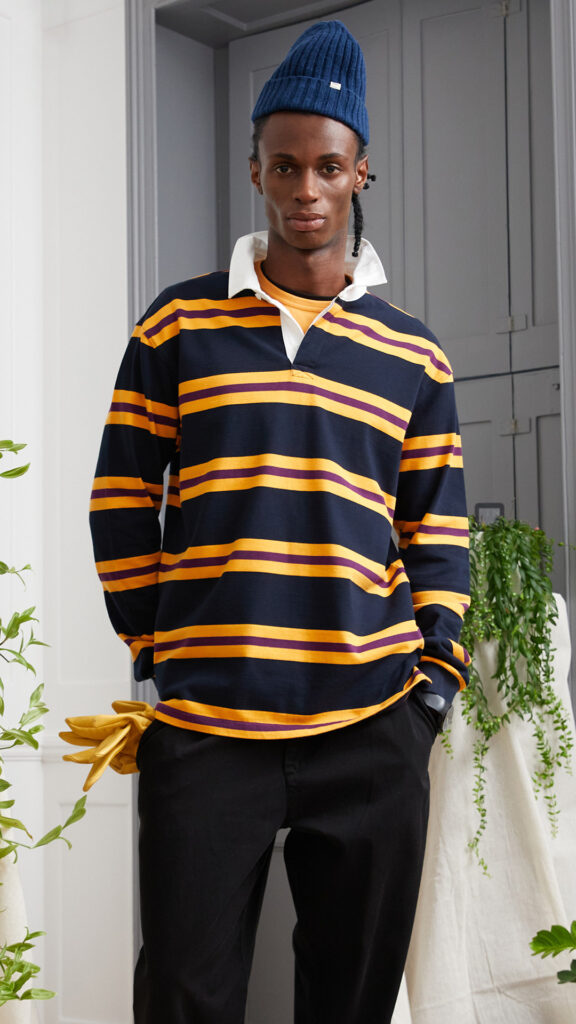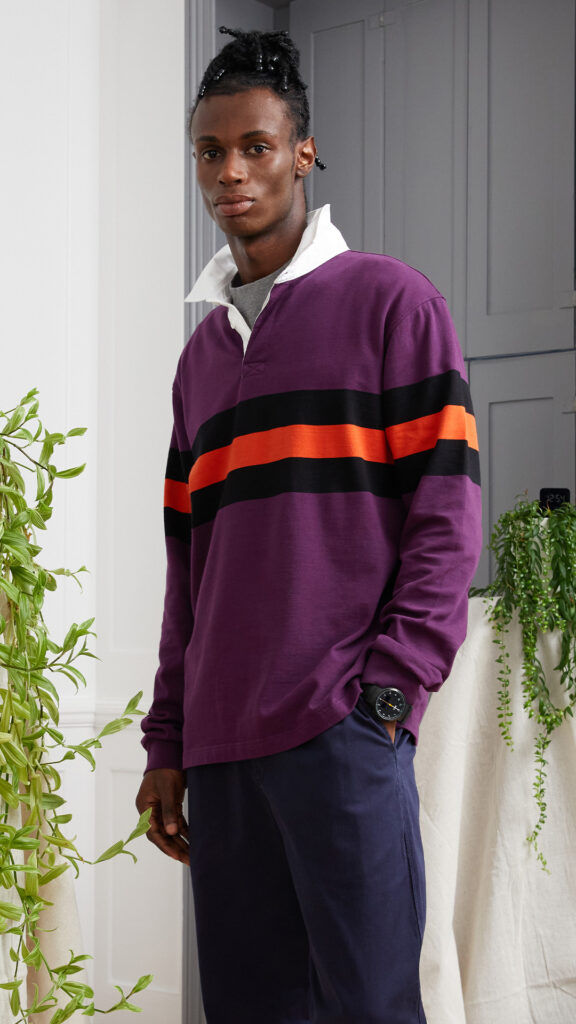The Interview: Theo Hamburger, Head of Sales & Marketing, Admiral Sporting Goods Co.
Admiral Sporting Goods Co. is a fashion brand born out of the original Admiral Sportswear company which was founded in in Leicester in 1914 and which famously made football kits for top flight football teams, as well as England, in the 70s and 80s.
Theo Hamburger and his family, based in Manchester, acquired the company in 2010, and the first Admiral Sporting Goods Co. collection – taking inspiration from Admiral’s history of sportswear manufacturing – launched in 2020, during the COVID-19 pandemic.
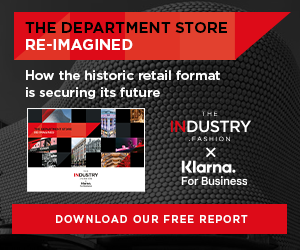
The Admiral Sportswear business still provides teamwear across a range of sports, competing with the likes of Umbro, Diadora and Patrick, where as Admiral Sporting Goods Co. places itself much closer to other British clothing brands like Universal Works, Albam and YMC.
Theo Hamburger tells us about Admiral’s rich history and launching the more fashion-led collection, as well as taking on Palladio Associates to handle its wholesale business in the UK and Ireland for AW23.


When did Admiral originate and when did you acquire the brand?
My family purchased Admiral back in 2010 from a company called International Brand Licensing. The Admiral brand was actually founded in 1914, but the trademark wasn’t registered until 1922. The originally company started out in 1903 as a hosiery manufacturer in Leicester which became Cook & Hurst in 1908, founded by Christopher Cook and Harold Hurst.
They made wool long Johns, sleeveless and long-sleeved vests, trunks and knickers. They got a contract to supply the military with underwear for the war effort of WW1 in 1914, and the company’s first foray into sportswear was rugby shirts for the Royal Navy in the 1940s. Admiral was the most senior naval rank, and that’s when the name first appeared on a back label. We have one of the original Royal Navy Admiral pieces in our archive from 1942.
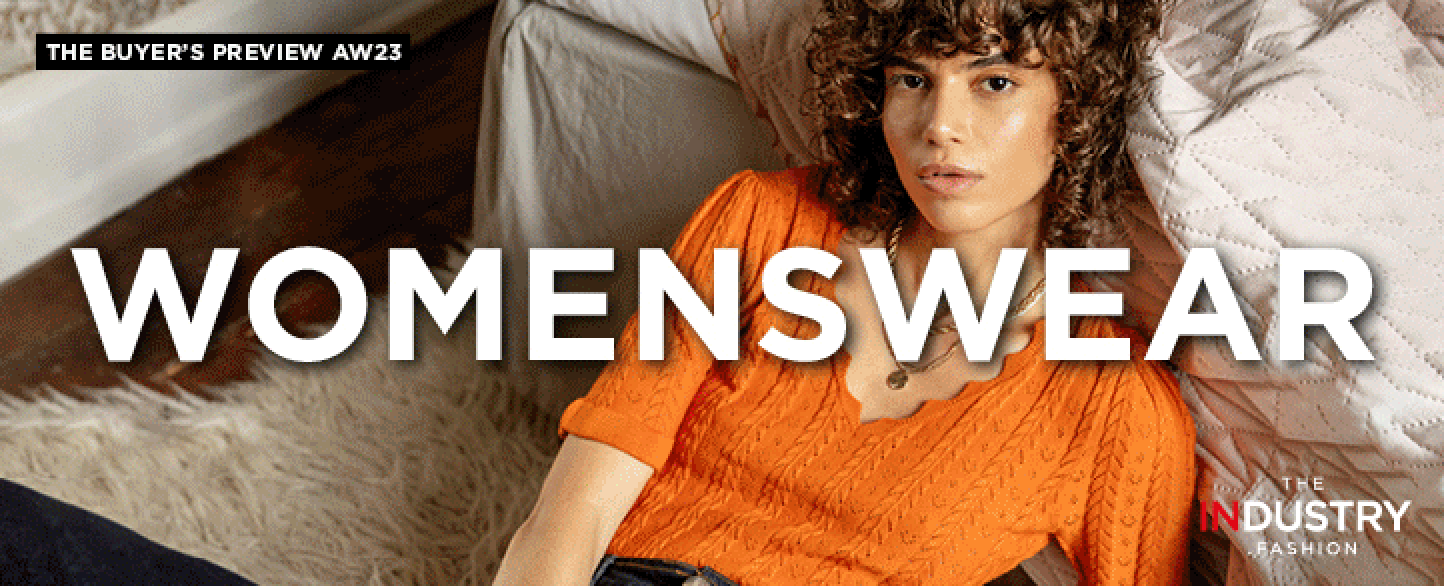

So, when did Admiral start making football kits?
Admiral was the first company to make branded team footfall kits in the early 1970s, and then replica kits to sell to kids, but it actually made football kits from the 1950s onwards, originally without any outward branding. In anticipation of the 1966 World Cup, Admiral designed a new style of lightweight interlock football jersey.
The ‘World Cup’ shirt featured built-in elastication at the neck and cuffs, giving complete freedom of movement while also helping to retain its shape. Admiral produced the shirt at its factory in Wigston, Leicester, and it was purposely unbranded. Leicester City goalkeeper Gordon Banks chose to wear it during the 1965-66 season, as well as for England’s glorious World Cup campaign that summer.
He did not receive payment to wear it, he wore it purely for its quality.
When did the Admiral branding first appear on the outside of shirts?
It was in 1973 that Bert Patrick, Admiral’s owner and Managing Director (previously its Head of Marketing before buying the brand outright in the late 1960s) did a deal with Leeds United – the best team in the country at the time, managed by Don Revie who Patrick specifically did the deal with. It was to create the first ever replica football kit which had branding on the outside of the football shirt. That also gave Patrick exclusivity to sell it into all of the sports retailers he supplied across England – local retailers who supplied schools with kits. They all started stocking Leeds United football shirts.
Originally Revie said Patrick would not be able to touch the white home shirt, but he could do whatever he liked with the Leeds away shirt. However, after Revie saw how well the sales went, the following season he said he could also do whatever he wanted with the home shirt! It was soon after that when other brands realised that it was a way of marketing their brand in a totally different way and earning extra revenue by having exclusive deals with clubs.
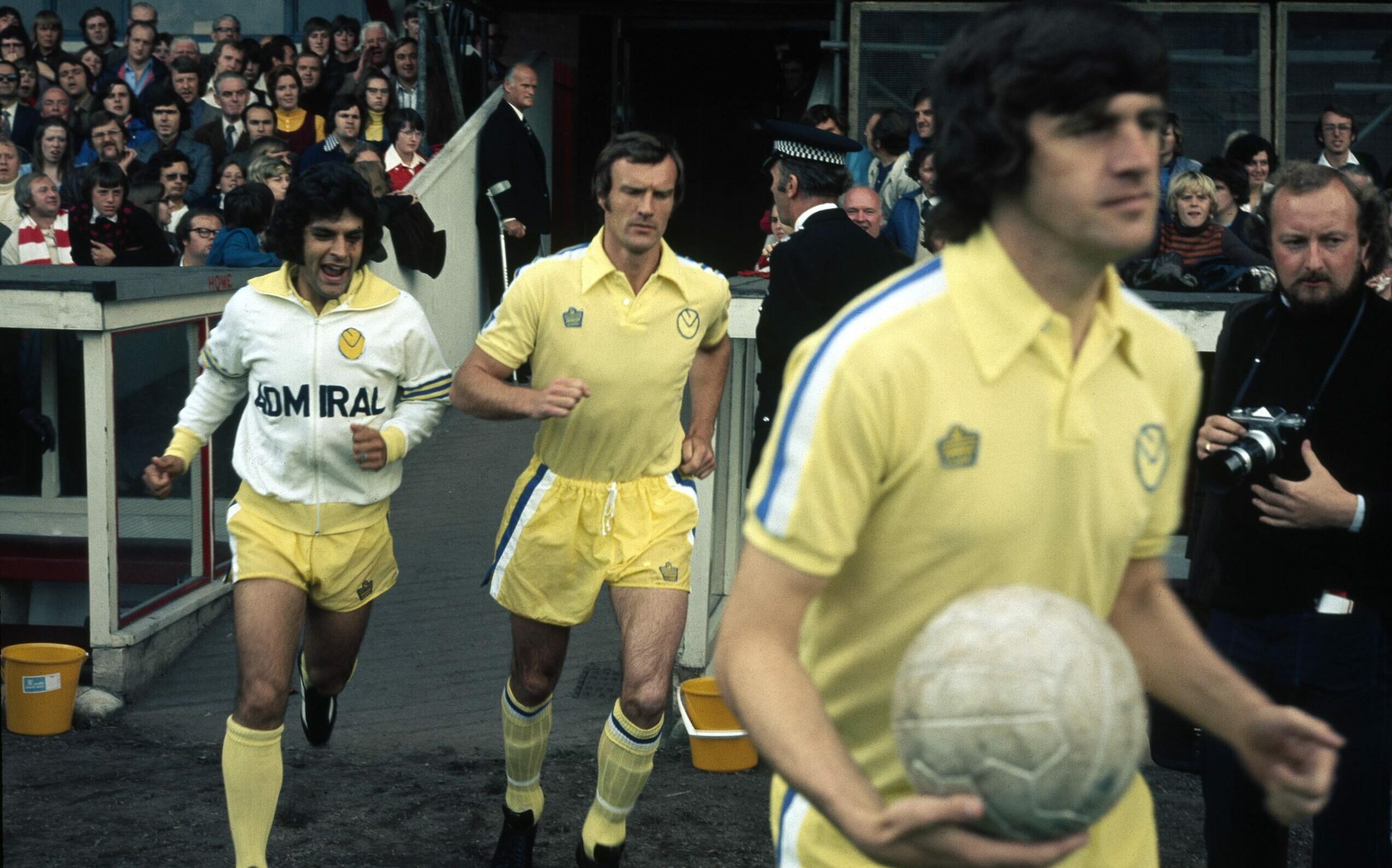
17/8/1974 English Football League Division One. Stoke City v Leeds United. Mick Bates and Paul Madeley run out of the tunnel at the Victoria Ground. Photo: John Varley / Offside.
What followed on from the Leeds United deal for Admiral?
Famously, Admiral got the England deal in 1974. It was the first ever England kit to be branded and one of the first ever international shirts ever to have a branded logo on that the fans could purchase. The whole market came about because Patrick realised that colour television was going to change the way the game was seen. Before that, fans mainly listened to a football commentary on the radio. He realised that as soon as people could see the kits on colour TV, they would want to wear the kits of the teams that they followed.
After the deal with Leeds and England, Admiral got deals with Manchester United, Norwich, West Ham, Tottenham Hotspur, Southampton, Leicester City, Coventry City and so on. The then much ridiculed brown Coventry City away kit of the late 70s is now so rare and collectible that very recently there was an adult’s size large shirt on eBay, with a buy it now price of £1,999.99!
-
24/4/1976 English Football League Division One.
Leicester City v Manchester United.
Martin Buchan leads out the United team followed by Alex Stepney and Stewart Houston.
Photo: John Varley / Offside.
What happened after such quick success for Admiral in the 70s?
In the late 1970s, Patrick ended up having to sell the brand. The new owner took over the deal to make the 1982 England kit, the iconic one with the V-neck that retro lovers still wear replica versions of today. It was the first England replica shirt to be sold in adult sizes.
Admiral continued to have a lot of success in the early 80s, but by the mid to late 80s competitors in the market had moved away from UK manufacturing. Admiral had already invested in four or five factories across the Midlands and wanted to continue with manufacturing in the UK. Inevitably, costs of manufacturing here got too high to compete as they hadn’t shifted production to the Far East like others had.
It was great for Admiral factory workers here, as they got to keep their jobs, but the company inevitably ended up getting priced out of the market. Admiral then had to spend a couple of years remodelling and shifting manufacturing to the Far East, but come the start of the Premier League in 1992, the brand was again supplying four big teams with kit – Leeds United, Southampton, Wimbledon and Middlesbrough.
What was the appeal for you to take on the Admiral brand in 2010?
As a bit of background on our family business, we used to own a business called Genesis Sports, which was the exclusive licensee for Puma team wear – for 20 years up until 2016. So, we obviously already had a lot of experience in the marketplace around football clubs, having made for a lot of teams across the UK, and when Admiral became available, just after the financial crash, it was appealing to us. The previous owners had had a lot of success licensing the brand in the early 2000s. They actually had the England Cricket deal when they won the Ashes in 2005. Obviously, to be able to have a piece of British football history, being football fans and experts in the industry, it was a bit of a no brainer. We bought the original company and we’re called Admiral Sportswear Limited.
Are you still making football kits under the Admiral brand name?
Yes, we are, and we’ve just signed an exclusive long term deal with Pro Direct to manage our teamwear in the UK. Pro Direct is the largest online football marketplace. We’re also currently having conversations with a couple of football clubs to get them on board as well, and that’s very much part of our strategy over the next three to five years.
What was the Admiral casualwear offer that was until recently available in Sainsbury’s?
That was a license deal that ended at the end of 2022. What we are doing now is focusing on our own lifestyle fashion range, Admiral Sporting Goods Co. It’s made in Portugal using more premium fabrics with nods to archive garments, and over the next couple of years that’s where we’re looking to grow our fashion side.
So, when did you actually launch Admiral Sporting Goods Co.?
It was supposed to be for SS20, but when the COVID-19 pandemic hit and we went in to lockdown it ended up being an AW20 launch. It’s been a very interesting process of both understanding what you can do with a brand, and also manoeuvring through massive external factors that the pandemic brought on. We actually started developing the range in 2018, pulling together archive fabrics and garments, finding the right factory network and so on. Launching it during a pandemic was obviously not what was planned, but we’ve learnt a lot from that, how to manage it and how to grow it, and the product is resonating with the right people.
Did you just launch the Admiral Sporting Goods Co. brand direct to consumer from a website?
Yes, but we also exclusively launched it at Wellgosh in Leicester, as Admiral originates from Leicester, so we were bringing it back into its home territory. All of our garments are named after areas in Leicester, like Wigston – where the original Admiral factory was. We launched with the ‘Wigston’ sweatshirt, which is a 460 gram Portuguese fabric loopback garment, and the ‘Braunstone’ hoody with a kangaroo pocket and archival design references. We also brought out a woollen knitted sweatshirt – made in Manchester from Merino wool – called ‘Kelmarsh’. That’s based on an old goalkeeper’s top. That’s been a real success for us, especially in the old goalkeeper’s green colour. Then last season we brought in a tracksuit top with quarter zip neck and collar, which is another nod to the styles worn by sportsman in the 50s and 60s. Then a full zip version too, as well as tracksuit bottoms – sold separately.
Who is your target market?
Anyone really, but mainly it’s 25-40 year-olds, and people who are really engaged in clothing and the history of sport. All of our pieces are fitted for a modern day consumer, as we tend to find that original old pieces we source are a lot smaller.
What others retailers have taken Admiral Sporting Goods Co. on board?
We’re supplying retailers such as Frontiers Man in Edinburgh, Working Class Heroes in Cumbria, Yards Store in Manchester, Working Title in Norwich and a number of other very good independent retailers. Our whole range is to support that marketplace and we took on Palladio Associates to give our wholesale side a bigger push for AW23.
Why did you select Palladio Associates to handle the wholesale business for the UK and Ireland?
Firstly, it’s the people. Over the last six months I have built up a really good relationship with Palladio Co-Founder Ian Campbell-Smith and, specifically, Sales Manager Milan Ramanandi. The way they operate and the general feeling around the agency feels very similar to the one we have, so it felt like a cultural fit. Alongside that, Milan’s plans to grow the menswear side of the business sounded great to me. They already worked with all the retailers we supply, and they are now growing what I have started. They have other great brands which Admiral Sporting Goods Co. is now sitting alongside in their showroom, which helps. They are also bringing increased customer service and are tapping into our core collection, which is our always available premium product – staples that retailers can buy into regularly.
While Palladio are now handling the UK and Ireland for wholesale, I am looking at a similar model throughout our key target territories of Germany, France and the USA. I initially develop a relationship with a number of key retailers and then I get an agent to push it on to the next level.
What are the key pieces for AW23?
New key pieces for AW23 include our ‘Grafton’ and ‘Rendell’ rugby shirts, ‘Henshaw’ hoodie and ‘Ridley’ and ‘Eastleigh’ T-shirts. The title of the collection is ’Not Yet Finished’, which refers to those moments in sports of being in touching distance of the finish line. The collection references iconic moments and classic sportswear across football, running and boxing, with a real focus on getting the details right in design and production.
Do you currently have any collaborations to help increase brand awareness?
We recently launched a two-piece T-shirt collaboration with Mundial, the football culture magazine. The T-shirt prints are based on the Chile 1962 World Cup iconography, but reinterpreted to take on our Admiral Sporting Goods Co. globe logo. We’ve also currently got another capsule collaboration collection with 6876, this time called ‘Regulation Product’.
We did our first collaboration with 6876 for AW21. Then we’ve done a collaboration with The Modernist Society in Manchester. They have a shop and a magazine focusing on modernist architecture around the UK. We’ve looked at modernist and brutalist football stadiums to create interesting graphics for T-shirts and tell the story of the society. There will be plenty more to come.

